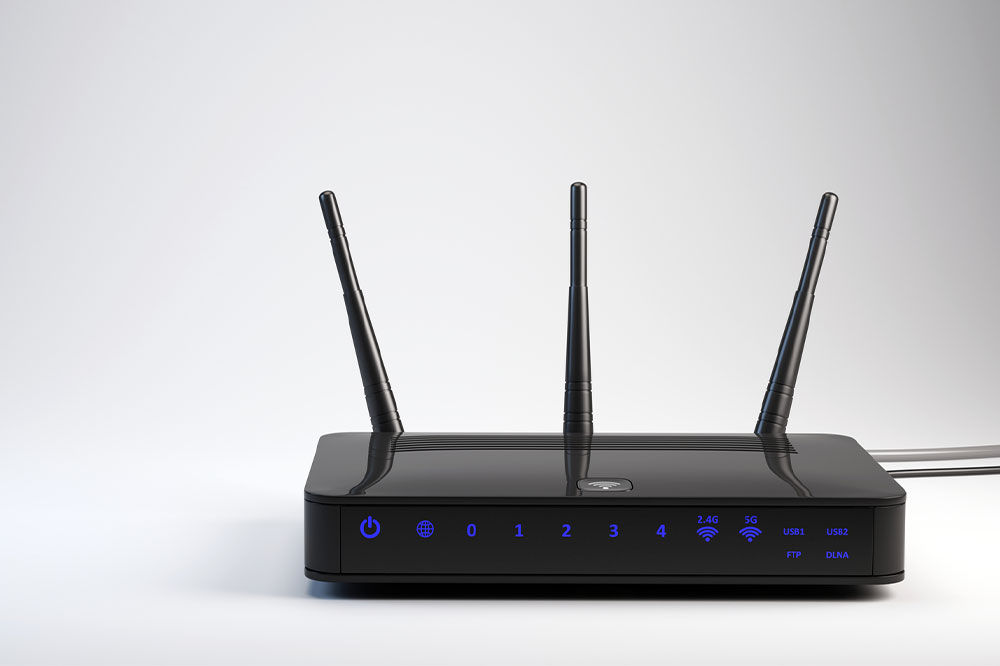Understanding the Basics of Broadband

Broadband is crucial for development in every field including economy, jobs, career, training, and education. It is the channel for information sharing, learning skills, making career advancement, and completing jobs online in different professions.
Workers in almost all industries have to be trained in digital skills. Moreover, people also search for jobs and new opportunities, apply online for jobs, etc. Many Americans use the internet to search for jobs, information etc. Their age is between 15 to 27 years. The new trend of online education in the form of training for a job, new courses, new skills or updating skills, obtaining certification, online employment or work from home option. The broadband has transformed the way an average American earns his/her living.
Broadband is what everyone from mobile to laptop and desktop users are using. Broadband is used for transporting data through various multiple signals through radio cables, coaxial cables, and optical fibers.
It has become an important factor in the growth of the economy by giving the Americans the path through which there can be fast digital growth in the economy. Digital literacy will be developed through the construction of various types of infrastructure like public centers with computers, schools, and libraries. This will train over four million people. A study has shown that the economic output will increase by $21 billion yearly.
There are many Americans who are cut off from the internet and are getting cut off from jobs, education, healthcare, and various government services. Communities that do not have high-speed network face a disadvantage of being unable to attract new business, and new jobs, and cannot compete in the economy that is based on knowledge. Over 72% of people have adopted the internet but still, a sizable amount of homes need to be connected.
They will be provided guidance, technical assistance, funding, workshops, webinars, and toolkits to help grow the broadband and its capacity and usage. They also provide advice on how to make effective partnerships, develop applications, and make projects that sustain them for years. They will also target small businesses.
They also provide a toolkit that contains practical ideas, tips, and advice for all types of people online. All this comes with reference material for various organizations and municipalities. This project has brought many people together from senior citizens to the minority community. It brings all types of people together who have never even seen a mouse or may not speak English.
Important inroads have been made but more work needs to be done. A first of its kind public and private partnership has been done in the field of communications. They will make 20 MHz broadband available for development of the private sector.
It is essential that the emergency services like police, fire, and hospital need to communicate effortlessly during disasters and emergencies. When a network is overloaded communications during this period gets difficult and access to the network is limited to applications for emergencies and smartphones. The new plan will change and help the 50 million users from public safety departments these include the rural and tribal communities. The network is to be modernized and will have special features which are not available on the network currently.
All this is being done as the USA has fallen way behind in broadband usage. In 2012 only 65% of the Americans had broadband accessibility. The US ranks 16 th in the world while 95% South Koreans have access to broadband, 88% of Singaporeans have access. More than 20 countries have a plan laid out for broadband access. In the USA, the rural and low-income areas have no access to a broadband which has resulted in them falling behind. The goal is to reach 100 million homes by 2020 and have access to 100 Mbits/s. Currently, a whopping 14 million Americans have no access to broadband.
The other goal is to have the USA lead the world in mobile innovation: being the fastest and extensive in the world. All Americans should have access to a broadband network and the skill and means to have access to one gigabit per second with schools, hospitals, and government buildings in the loop. They are providing cutting-edge infrastructure and connecting the rural communities with broad resources and equal opportunities.
The plan is to have every first responder having access to wireless, broadband, nationwide safety network.
In the USA, the workforce is continuing its quest to adapt them according to the digital economy. It is important that the schools, colleges, libraries, and hospitals (or anchor institutions as they are called have) access to broadband and its infrastructure so that the working adults have equal access to education, job, and skills and find the type of employment they are looking for. The aim of the government is to solve problems, link communities across the states to the various federal agencies and emerging policies.



